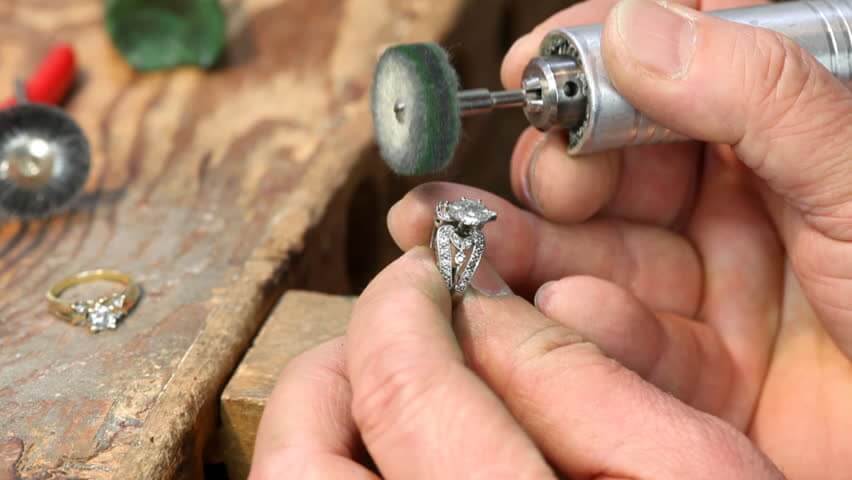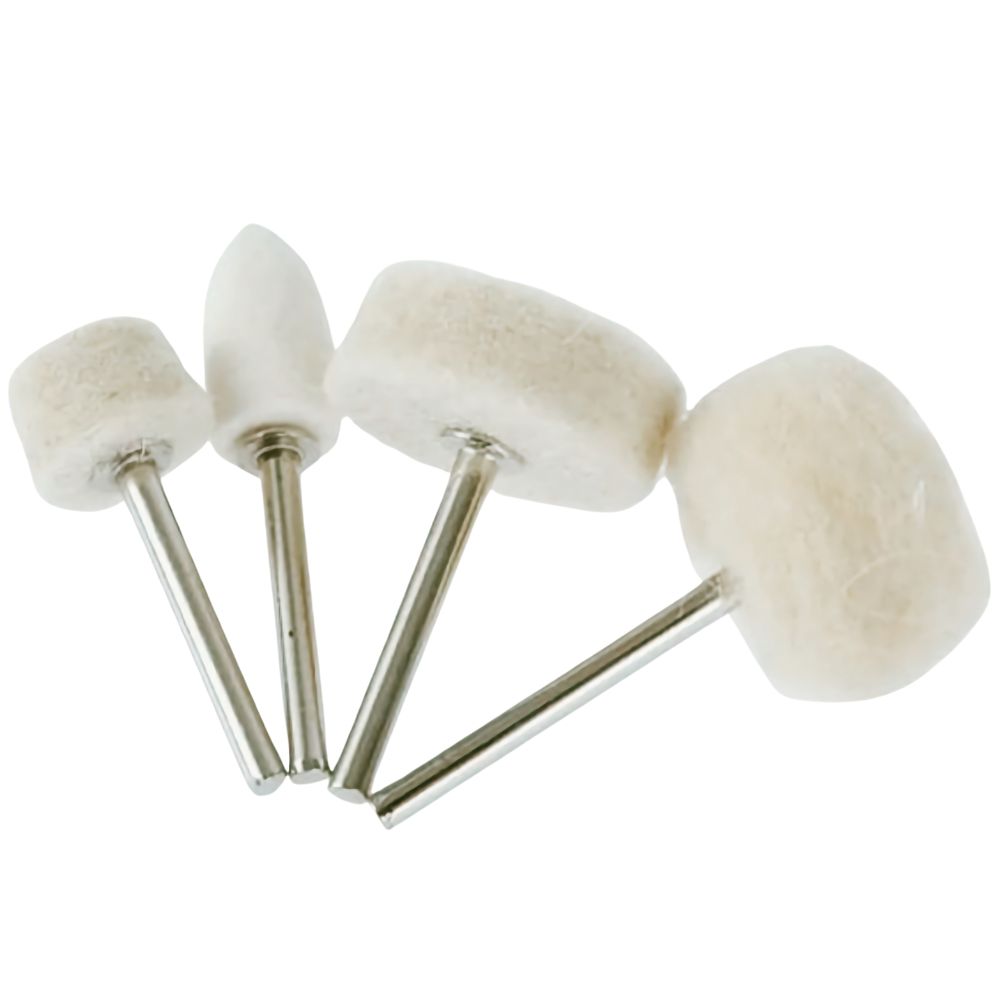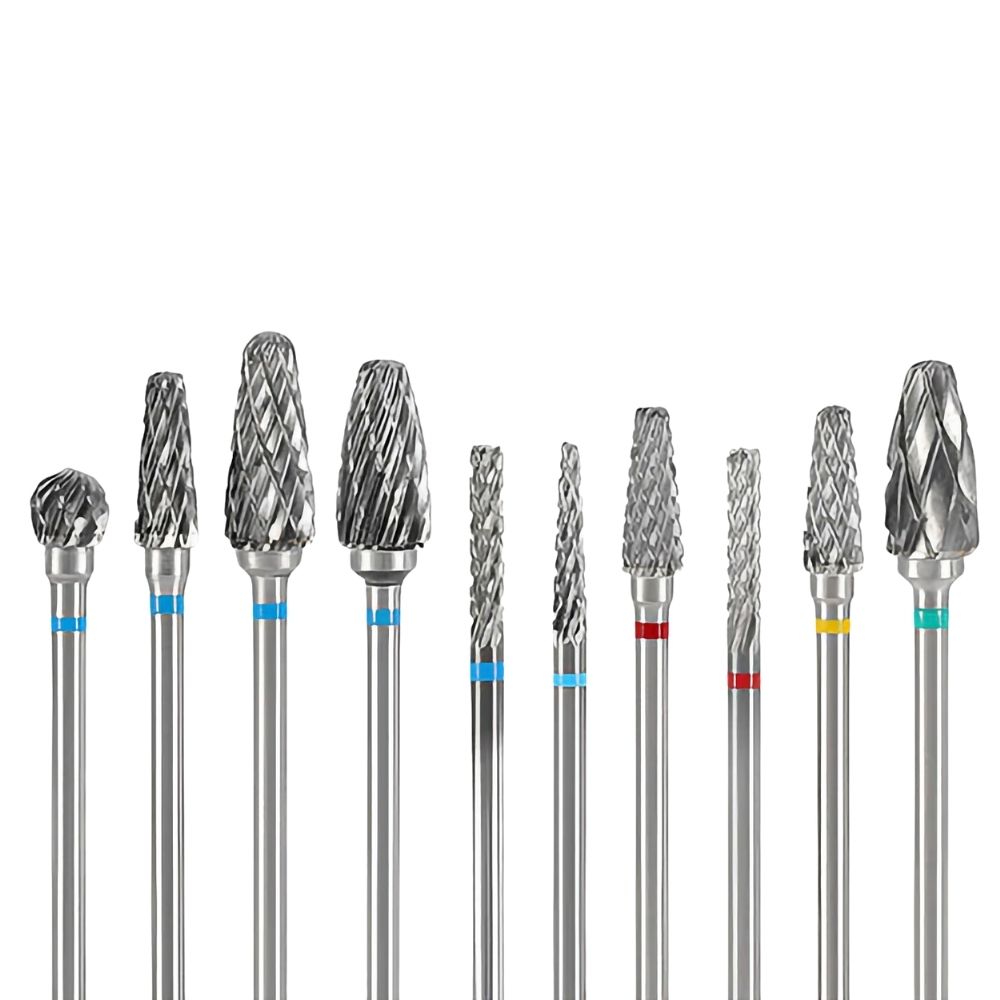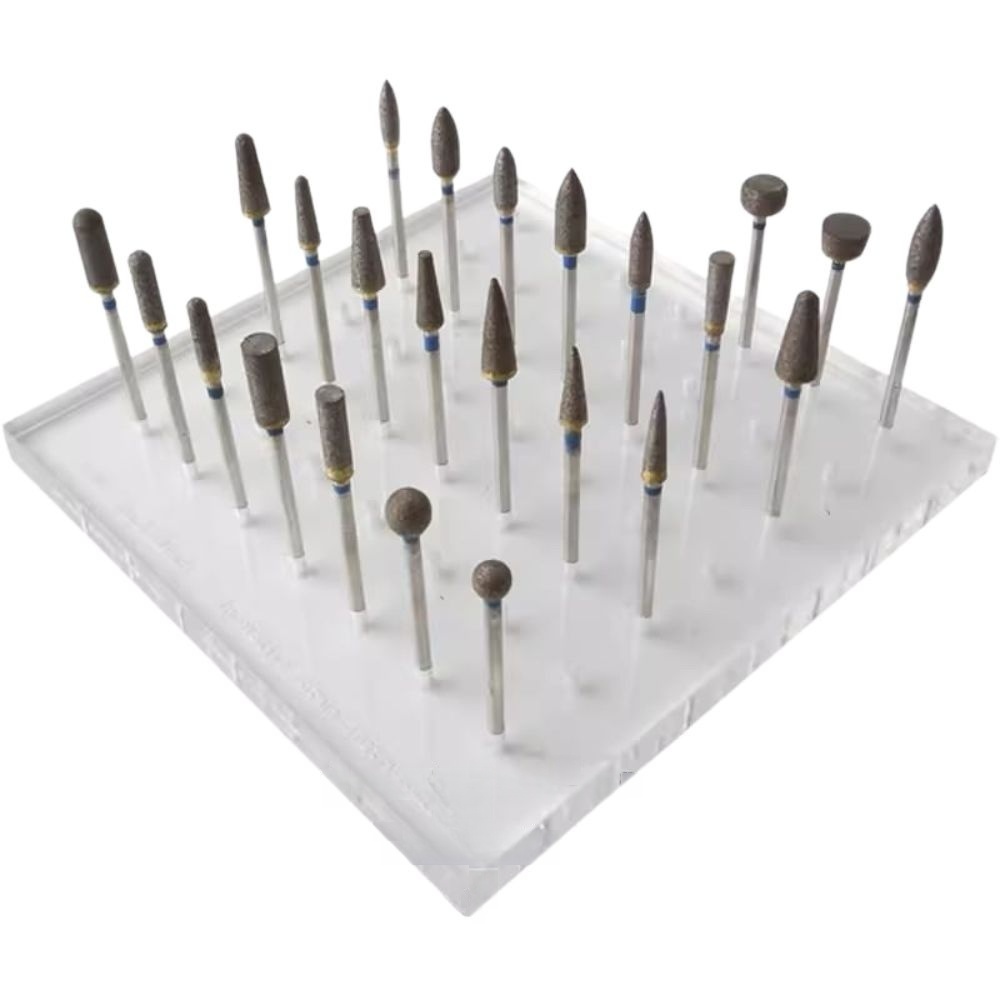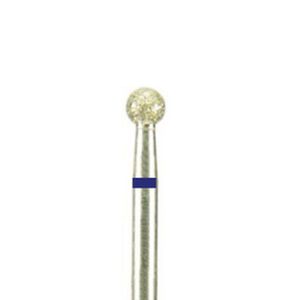Choosing the right rotary tool for jewelry making is crucial to ensure precise and efficient work. There are many factors to consider when selecting a rotary tool, such as usage, power, size, attachments, and price. In this article, we will discuss the best rotary tools for jewelry making, and what to look for when making your selection.
Consider Usage
There are several types of rotary tools and attachments that are used in jewelry making, each with its specific purpose and use. Here is a breakdown of some of the most common rotary tools and attachments and the types of jewelry they are used for:
Diamond burs: Diamond burs are small, pointed attachments that are used for cutting and shaping hard materials, such as gemstones and metals. They are available in a variety of shapes and sizes, including cylinders, cones, and spheres, and are ideal for creating intricate designs and details on jewelry pieces.
Carbide burs: Carbide burs are similar to diamond burs but are made from tungsten carbide. They are ideal for cutting and shaping softer materials, such as plastics and soft metals, and are available in a variety of shapes and sizes.
Carbide cutters: Carbide cutters are used for removing excess material from jewelry pieces, such as welding residue or excess metal. They are available in a variety of shapes, including pointed and rounded, and can be used with or without water to cool the tool and reduce friction.
Diamond discs: Diamond discs are thin, circular attachments that are used for cutting and shaping hard materials, such as gemstones and metals. They are available in a variety of sizes and grits, and can be used with or without water to reduce heat and friction.
Mounted stones: Mounted stones are small, cylindrical attachments that are used for finishing and polishing jewelry pieces. They are available in a variety of shapes and sizes and can be used with or without water to reduce heat and friction.
Sandpaper: Sandpaper is used for smoothing and shaping jewelry pieces, such as metal or plastic components. It is available in a variety of grits, ranging from coarse to fine, and can be used with or without water to reduce friction.
Polishing brushes: Polishing brushes are used for adding a high shine or polish to jewelry pieces. They are available in a variety of shapes and sizes and can be used with polishing compound or diamond paste for a high-gloss finish.
Felt bobs: Felt bobs are small, cylindrical attachments that are used for polishing and finishing jewelry pieces. They are available in a variety of sizes and can be used with polishing compound or diamond paste for a high-gloss finish.

Consider Power
Besides, it is important to choose a rotary tool with enough power to handle the task at hand. For jewelry making, a rotary tool with a power range of 1.5 to 2.5 amps is sufficient. This will provide enough power for cutting, grinding, and polishing various materials such as metals, gemstones, and plastics.
Consider Size
Next, size is an important factor to consider. A smaller rotary tool is ideal for jewelry making, as it allows for greater precision and control. Look for a tool that is lightweight and easy to handle, with a slim body design that provides a comfortable grip.
Consider Attachments And Accessories
Attachments and accessories are also important considerations when selecting a rotary tool for jewelry making. Look for a tool that comes with a range of attachments and accessories, such as cutting discs, grinding bits, polishing pads, and sanding drums. This will allow you to perform a wide range of tasks with a single tool, making your work more efficient and cost-effective.

Consider Flex Shaft Attachment
One accessory that is particularly useful for jewelry making is a flex shaft attachment. A flex shaft allows you to extend the reach of your rotary tool, providing greater flexibility and control when working on small or intricate pieces of jewelry. It also reduces fatigue and strain on your hands and arms, making it easier to work for longer periods of time.
Consider Price
Price is also an important consideration when selecting a rotary tool for jewelry making. While you may be tempted to choose the cheapest option available, it is important to remember that quality comes at a price. Look for a tool that offers a good balance between price and quality, and consider investing in a higher-end model if you are serious about jewelry making.
Consider Safety
Finally, safety is a critical consideration when using rotary tools for jewelry making. Always wear eye protection and a dust mask when working with your tool, and make sure to follow the manufacturer's instructions for safe use. Keep your work area clean and free from clutter, and never leave your rotary tool unattended while it is in use.
Conclusion
In conclusion, selecting the best rotary tool for jewelry making requires careful consideration of several factors, including power, size, attachments, accessories, brand, price, and safety. By taking the time to research and compare different options, you can find a tool that meets your needs and helps you create beautiful and precise jewelry pieces. Remember to always prioritize safety when working with your rotary tool, and enjoy the creative possibilities that come with using this versatile tool for jewelry making.


